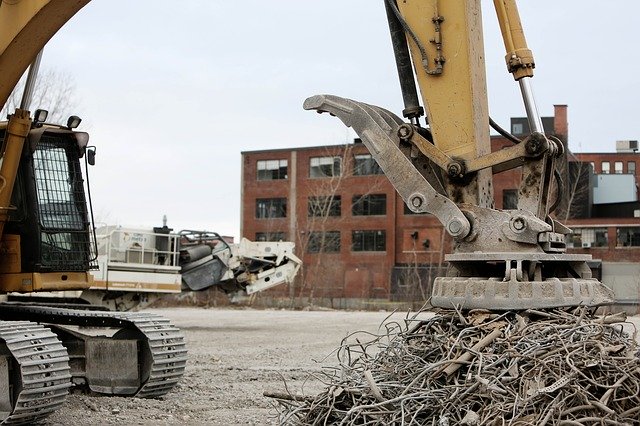While preparing for our new module ‘Circular economy for the Built Environment: Principles, Practices and Methods’ I was reading three papers today in an effort to select some required readings for our students.
I first read Ghisellini et al (2016) ‘A review on circular economy: the expected transition to a balanced interplay of environmental and economic systems‘. This is a very comprehensive review of a large amount of papers, however, the results from this review were a little inconclusive. In the end, the paper reiterates the different approaches taken in China and the EU, while China employs top-down planning and the EU bottom-up planning. The paper also stresses the need for good business models.
I then read chapter 18 ‘Products & Services’ from Lacy et al.’s book ‘The Circular Economy Handbook’. This chapter discussed possibilities to improve products during all stages of the product life-cycle from design, to use, to use extension, to end of use. I liked the inclusion of ‘use extension’ as a separate phase in the product life-cycle, certainly something we should do much more explicit. The chapter also again stressed the need for good business models, as well as, developing a sound understanding of the product portfolio of a company.
Finally I read Bocken et al. (2016) ‘Product design and business model strategies for a circular economy’. I truly enjoyed reading the paper as it introduced a strong framework about how to design products for slowing down the resource loop and for closing the resource loop. I thought these two goals are quite helpful concepts to think along when designing products. To slow loops, the authors suggest to design for attachment and trust, reliability and durability, ease of maintenance and repair, upgradability and adaptability, standardization and compatibility, as well as, dis- and reassembly. This reminded me at the classical idea of ‘ilities’ from de Weck. To close resource loops the authors suggested to design for a technological cycle that allows to reuse technical materials and sub-products, as well as, for a biological cycle. I found this again a powerful guide for designing products.

